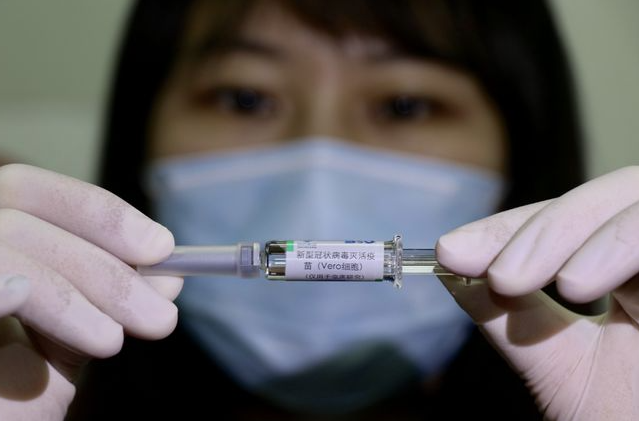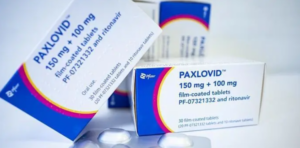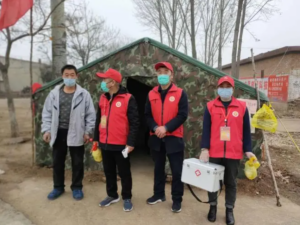
New crown vaccine “dose 4” Shenzhen start, three types of people should have a second dose of booster shots
December 28 from the Municipal Health Commission was informed that the new crown vaccine “the fourth dose” Shenzhen start. At this stage, on the basis of the first booster, there are three main groups of people who should receive the second booster: people at high risk of infection, people over 60 years old, and people with more serious underlying diseases and low immunity.
How is the “4th dose” calculated for different vaccines? The term “1st and 2nd doses” is a common term that actually refers to the basic immunization with the new coronavirus vaccine, i.e., the full course of vaccination. The number of “basic shots” varies between different vaccine technologies: 2 for inactivated vaccine, 1 for Convivox adenovirus vector vaccine, and 3 for Zifiloncoma recombinant neocoronavirus vaccine (CHO cells).
After the basic immunization, it is time for the first booster dose, commonly known as the “3rd dose”. For vaccines of different technologies, this means: Inactivated vaccine: 3rd dose; Convivox adenovirus vector vaccine: 2nd dose; Zifei Longcoma recombinant neocoronavirus vaccine (CHO cells): 4th dose. The basic immunization of the “Jiffy” vaccine is 3 doses, originally there was no need for “booster” shots. Recently, the state has adjusted the vaccine so that people over 18 years old who have received 3 doses of the Jiffy vaccine can receive a booster with the original vaccine after 6 months of age.
Currently, people who have received a second booster dose, or the fourth dose, can receive the vaccine, except for those who have received the CHO cell recombinant new coronavirus vaccine. The second booster dose is given at least 6 months apart from the first booster dose.
Depending on the progress of vaccine development, all vaccines approved for conditional marketing or emergency use are available for the second dose booster. Priority will be given to sequential booster immunizations or second dose boosters with vaccines containing Omicron strains or with good cross-immunity to Omicron strains, with the relevant combinations announced by the State as follows.
3 doses of inactivated vaccine + 1 dose of Concionor myeloablative recombinant neocoronavirus vaccine ( type 5 adenovirus vector ) ;
3 doses of inactivated vaccine + 1 dose of Zifiloncoma recombinant neocoronavirus vaccine (CHO cells);
3 doses of inactivated vaccine + 1 dose of Recombinant Neocoronavirus vaccine (adenovirus vector type 5) for inhalation by Convivox;
3 doses of inactivated vaccine + 1 dose of Zhuhai Lizhu recombinant neocoronavirus fusion protein (CHO cells) vaccine;
2 doses of Concierto intramuscular adenovirus vector vaccine + 1 dose of Concierto recombinant neocoronavirus vaccine for inhalation (adenovirus vector type 5);
3 doses of inactivated vaccine + 1 dose of Chengdu Wisk recombinant neocoronavirus vaccine (sf9 cells);
3 doses of inactivated vaccine + 1 dose of Beijing Wantai nasal spray influenza virus vector neo-coronavirus vaccine;
3 doses of inactivated vaccine + 1 dose of recombinant neocoronavirus protein subunit vaccine (CHO cells) from Zhejiang Clover;
3 doses of inactivated vaccine + 1 dose of recombinant neocoronavirus 2-valent S trimer protein vaccine from CHO cells.
If it is clear by nucleic acid testing or antigen testing that a person has been recently infected with neo-coronavirus, it is not recommended for infected persons to receive neo-coronavirus vaccine again in the near future. Several studies have consistently shown that the immunity produced by infection with neo-coronavirus is weaker than the mixed immunity produced by infection and vaccination. If a subsequent vaccination against neo-coronavirus is required, the time between infection and vaccination should be more than 6 months apart, according to current regulations.


Average Rating